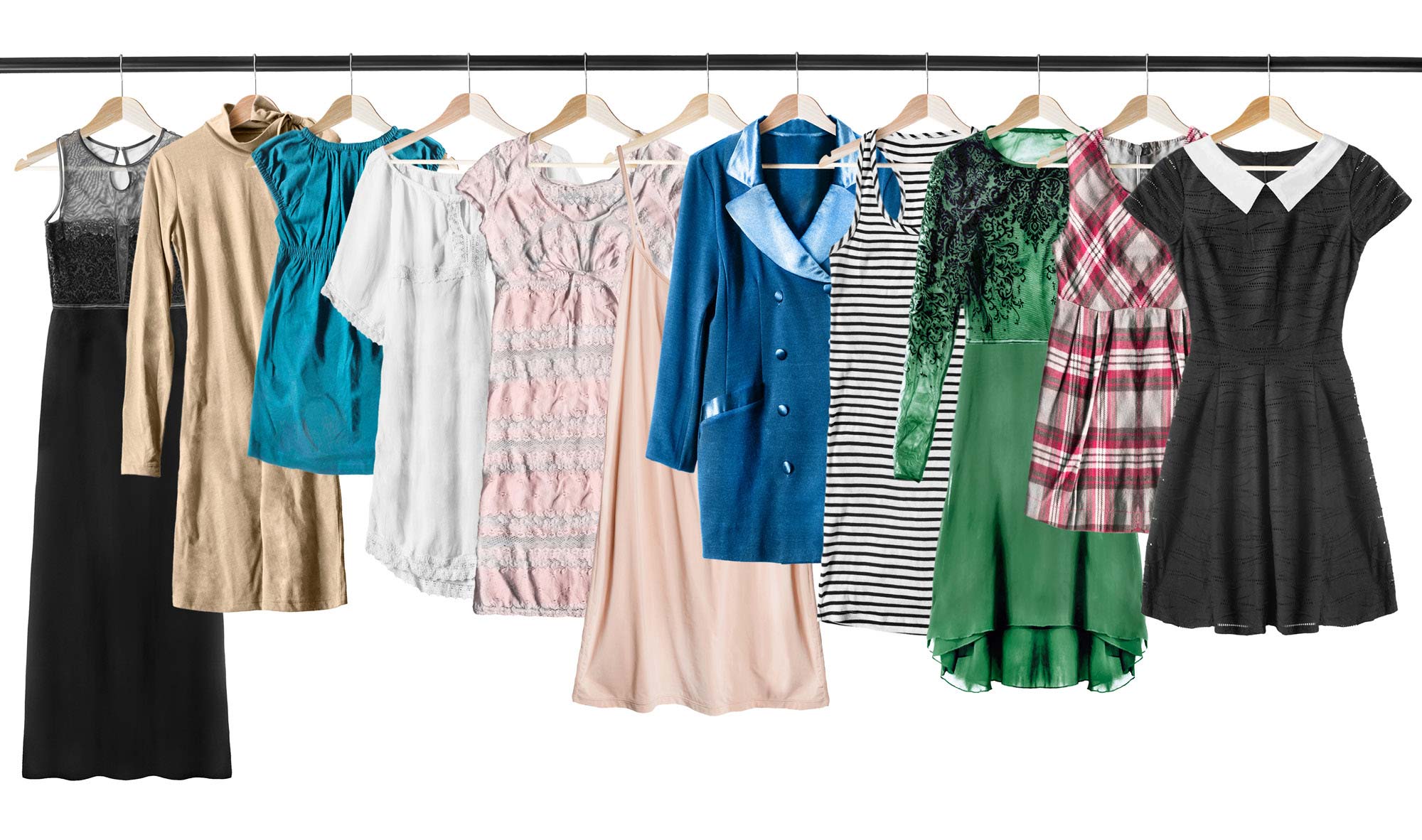How one Haas alum is making the fashion industry more sustainable
Clothing is a fundamental need, right up there with food and shelter. But for many, it’s more: self-expression of the highest order. But there’s a price to looking good. According to a 2019 United Nations report, fashion is the second most-polluting industry globally. The culprit? Fast fashion, the dominant business model of mass-producing catwalk trends cheaply, encouraging customers to buy and discard clothes regularly. Since 2011, Manish Chandra, MBA 95, the founder and CEO of Poshmark, has been working to upend that model and promote sustainable consumption.
Poshmark is a leading social marketplace for new and secondhand styles for men, women, kids, pets, home, and more. Sellers use photos and videos to create listings for their merchandise—think Instagram meets eBay—bringing human connection to ecommerce. Poshmark holds no inventory and takes a 20% cut on sales of $15 or more. With over 4.5 million active sellers and over 80 million total users across the U.S., Canada, and Australia, Poshmark has not only recycled clothing worldwide, it’s also created cash flow for families and small businesses.
Milestones from 10 years of Poshmark
2011
Poshmark launches for iPhone only, complete with style-focused Posh Parties, virtual events for sellers to showcase their merchandise. About 100 loyal users spend ~20 minutes daily selling (and buying) clothes.
2012
Poshmark launches Showrooms, collections of curated items from the entire community. Poshmark grows (largely via referrals) to ~1,000 highly active users.
2013
To drive revenue, Poshmark focuses on monetization. Users increase tenfold, but technical infrastructure issues almost topple the company. In response, Chandra slashes his marketing budget by 80% and returns to growing via community.
2014
To simplify shipping, Chandra buys thousands of prepaid labels from the USPS for sellers, figuring differences in package weights would even out. The USPS demands millions in shipping costs—and threatens to arrest Chandra. Instead, he negotiates a discounted shipping label.
2015
Wholesale launches. The most active sellers can now acquire retail merchandise directly from Poshmark boutiques and grow their own businesses.
2016
Poshmark expands into two new categories: kids and men’s.
2017
The company raises another $87.5 million, bringing total funding to $160 million. It focuses on expanding into new categories and building immersive, data-driven shopping experiences.
2018
A valuation of $625 million and Poshmark’s anticipated 70% revenue growth earn it a spot on Forbes’ Next Billion-Dollar Startups list. Its community of sellers earn more than $1 billion for the first time, including the first seller to earn $1 million.
2019
Poshmark launches in Canada, growing to over 2.5 million Canadians to date. It also expands to include home decor.
2020
Poshmark introduces Posh Stories, which allow users to share short, shoppable videos and photos to bring their listings to life.
2021
Now with ~500 employees, Poshmark goes public in January valued at over $3 billion. Sellers have generated over $4 billion in sales; one sale is made every second in the U.S. The company expands into Australia and offers a pets category.